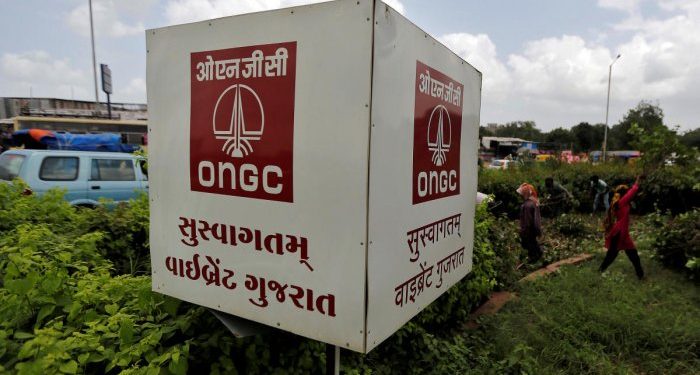New Delhi: State-owned Oil and Natural Gas Corporation (ONGC) is stepping up a $7 billion investment over the next three-four years to reverse years of decline in oil and gas production, company’s director for production Pankaj Kumar said.
Up to 24 field development, enhanced oil recovery (EOR) and improved oil recovery (IOR) projects are currently in progress that will further help reverse the declining trend in oil and gas production.
“Most of our fields are old where natural decline has set in. But we are heavily investing in technology to raise recovery as well as tap isolated reservoirs,” he told PTI.
ONGC is investing $5 billion-plus in development of the Cluster-II region of its flagship KG-DWN-98/2 asset in the Krishna Godavari basin offshore India’s eastern coast.
It also has multiple field developments in the west coast region, including a planned fifth phase of redevelopment of Mumbai High along with the development of neighbouring fields like Daman, he said, adding these ongoing projects involve an investment of Rs 60,000 crore (more than $7 billion) over the next three-four years.
“We are investing in multiple enhanced oil recovery (EOR) and improved oil recovery (IOR) projects,” he said. “In the fiscal year ending March 31, we managed to arrest the decline in output after five years and from the current fiscal we will see production rising.”
ONGC is likely to see output rise from 19.6 million tonnes in 2022-23 to 21.2 million tonnes in the current fiscal (April 2023 to March 2024) on a standalone basis. Natural gas output is projected to rise from 20.6 billion cubic meters in 2022-23 to 23.5 bcm in the current fiscal.
India imports 85 per cent of its crude oil requirements and about half of its natural gas needs. Crude oil is refined to produce fuels like petrol and diesel while gas is used to generate electricity, produce fertiliser and turned into CNG for running automobiles and piped into household kitchens for cooking.
Foreign exchange outgo on oil and gas imports has been a big drain on the Indian economy and Prime Minister Narendra Modi’s government has been pushing to cut imports through greater domestic exploration and production.
India’s domestic crude oil and natural gas production has been dwindling in recent years and ONGC is under pressure from the government to boost its oil output and reverse the trend.
WESTERN COAST
On the western coast, ONGC’s main producing assets of Mumbai High, Neelam and Heera and Bassein & Satellite sit in the Arabian Sea. These assets are currently producing 41.5 million cubic meters a day (mmscmd) of gas and about 280,000 barrels per day (bpd) or 14 million tonnes of oil per annum.
Kumar said some of the key developments being targeted by ONGC on the western coast region include additional developments of the Ratna & R Series and North Tapti fields as well as development of upside potential of Daman field and development of Cluster 9, BS-17 field, MB-0SN-2005/1 and four contract area that the company got in recent discovered field licensing round.
The Mumbai High asset is ONGC’s largest oil-producing offshore asset and has been producing for nearly five decades. The company is currently executing the fourth phase of its redevelopment which will get over in May 2023.
“We are working on the fifth phase of Mumbai High redevelopment that will add 12,500 barrels per day of peak production,” he said.
Daman Upside Development would add 6 mmscmd of gas and 4,200 barrels of oil per day.
EASTERN DEVELOPMENTS
On the east coast, ONGC’s main asset is Block KG-DWN-98/2 (KG-D5). It is currently developing oil and gas discoveries in what is called Cluster-II of the block. The field has already started producing gas and it is being ramped up in phases. This project is expected to contribute about 12 mmscmd of gas and up to 45,000 barrels per day of oil at peak.
ONGC is looking to develop the Cluster 1 project in block, he said.
The firm has a few more projects lined up on the East Coast which are under the advanced stage of studies and conceptualisation. And with all these, he sounded that significantly good gas and oil numbers are expected from the East Coast as well.
PTI







































